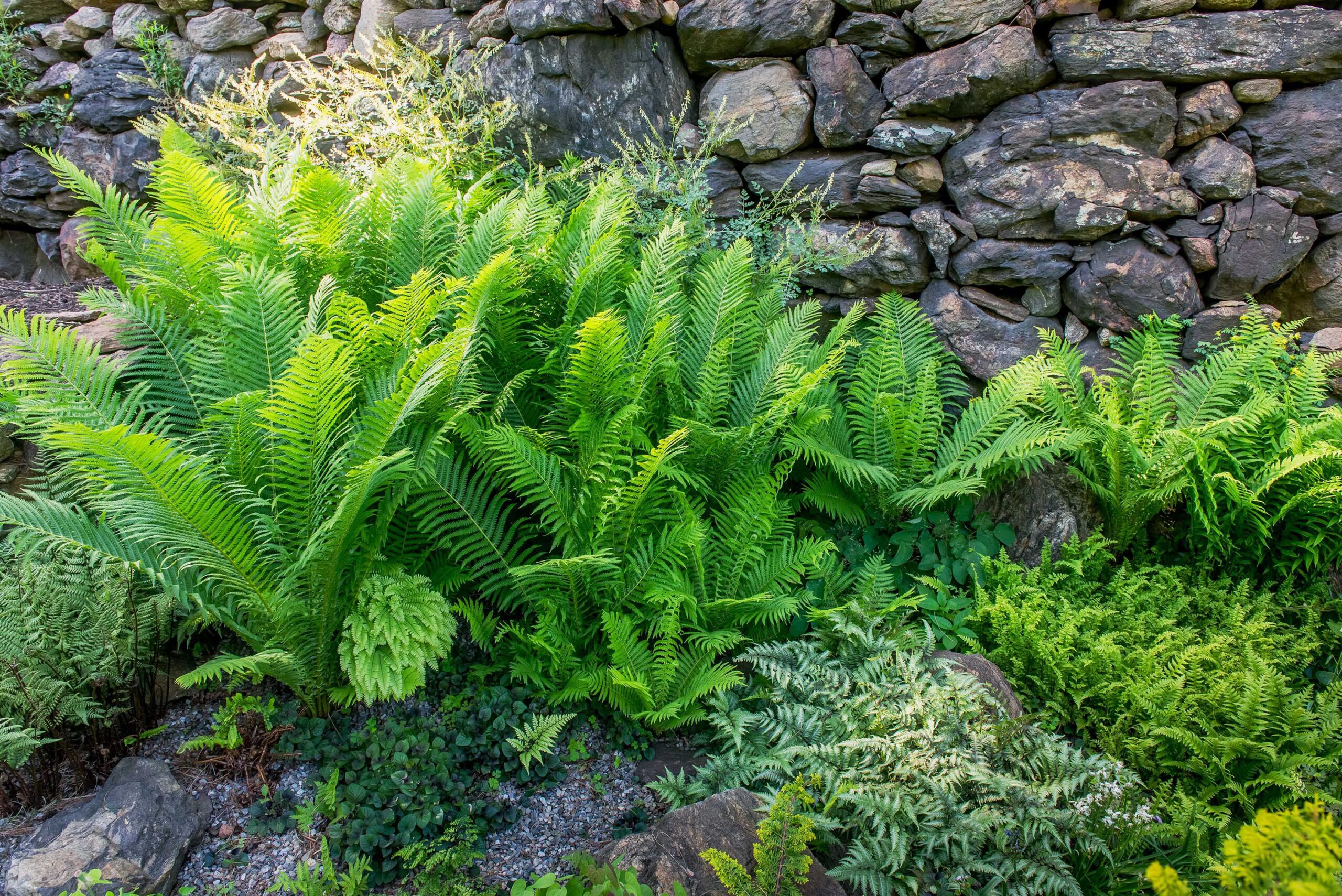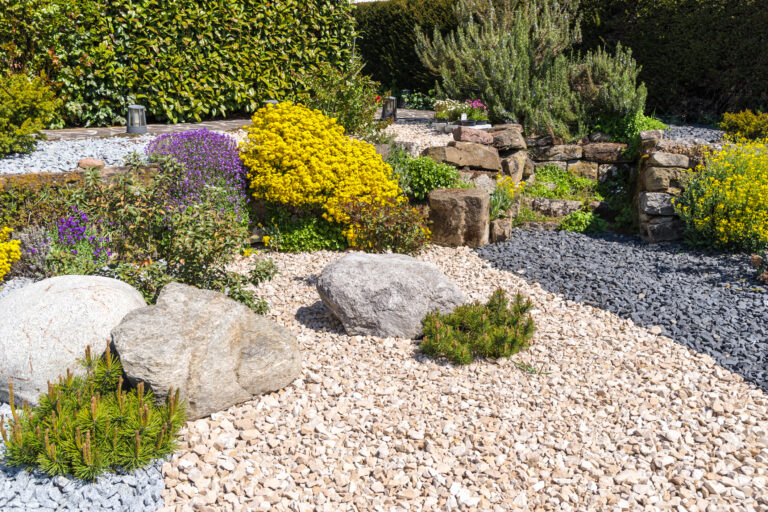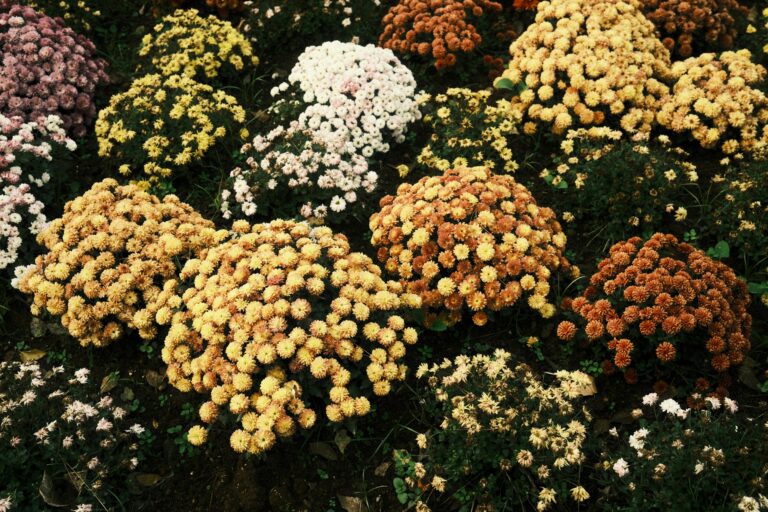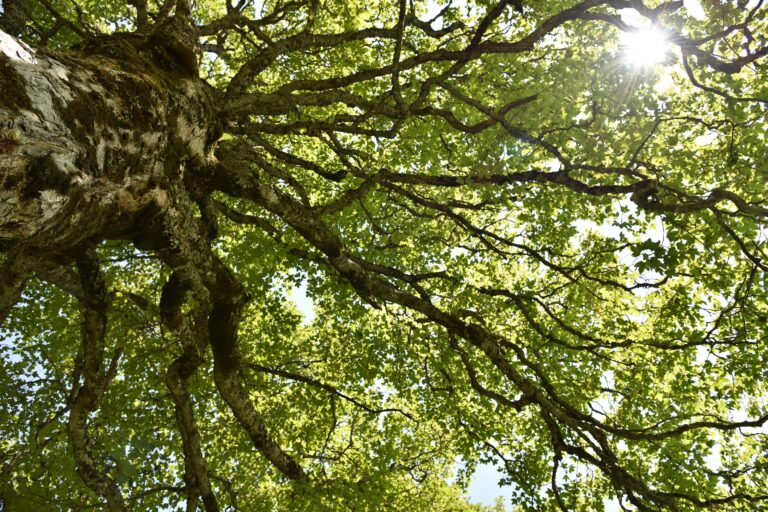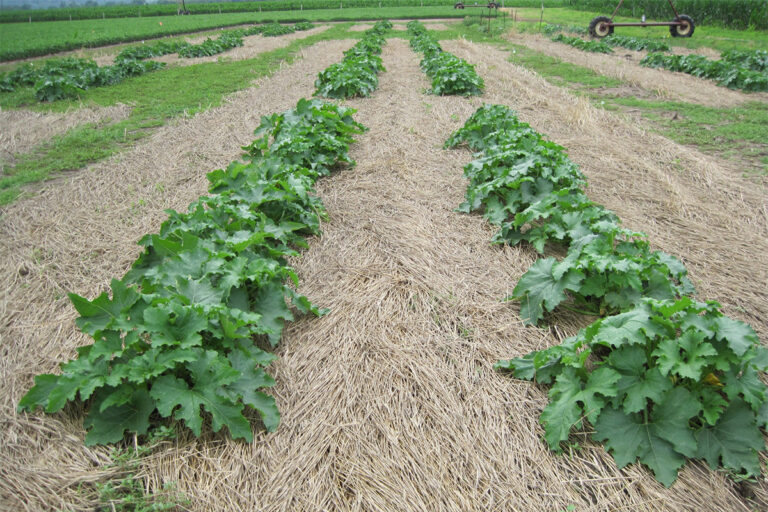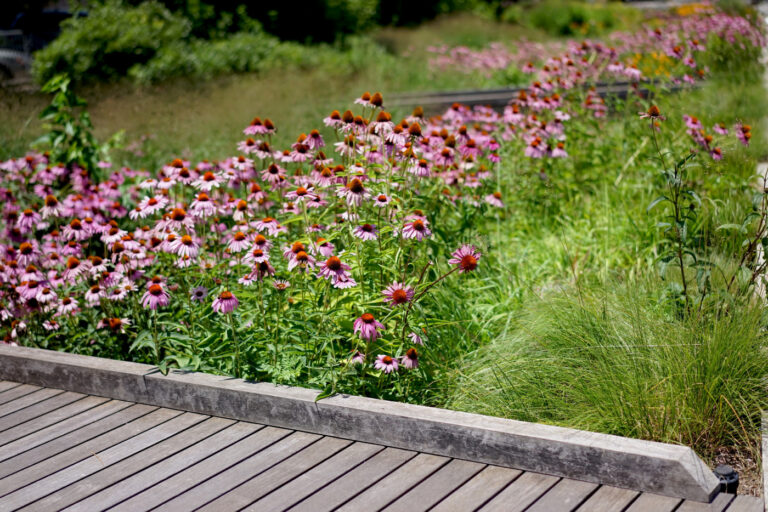Ultimate Shade Fern Garden Guide: 8 Proven Ways to Create Your Tranquil Sanctuary
What if I told you that creating your own prehistoric fern sanctuary is possible in just one afternoon using 8 proven design principles that transform forgotten shady corners into thriving, tranquil retreats where deer hide their young and foxes create secret pathways?
The mist of morning is on the new leaves of the fern, and a little fox is emerging out of the green maze, blazed by old trails. This is not a distant forest, it is the backyard of your house transformed into a living forest that is 100 million years old.
Most gardeners leave shady areas to be weeds since they believe that they are worthless. However, there can be the best opportunity to create a beautiful garden in those places. Where people are fighting to have green lawns, your shade fern garden does not need care since it functions even on neglect once installed.
The Art of Designing Fern Gardens of the Ancients: Reason Why Your Shady Place is Hiding a Golden Bough
Ferns belong to the most ancient plants on the Earth, existing since over 360 million years and surviving numerous mass extinctions. It is not a patch of plants that you have here, but a living connection to the past time when ferns blanketed the forest floor before flowers sprouted. Shade fern gardens create their ecosystem unlike yearly plants which require a lot of maintenance. The dense cover keeps the air damp, the fallen leaves become mulch and useful animals remain. What begins as a design decision becomes a home that perpetuates itself, and only gets better when you are not doing much.
8 Design Principles to Build Your Plant-Based Sanctuary
Learn to Layer Texture in Visual Depth

Various textures make your shade fern garden more than a plain patch of green to a stratified look that reflects and moves. The gimmick is that fern textures are relative to the appearance of the fronds in low light, and not only to their feel.
Combine the lacey maidenhair fern fine with the large, robust ostrich fern which may grow 5 feet. When you have the leaves of the Japanese holly fern, which are as smooth as skin, add the thick ones of the hart’s tongue fern, which are as thick as a strap. This creates a stratified appearance which is compelling even in dark tone.
When you desire a plant that adds tropical flavor in a cool climate, you can plant such tropical species as asparagus fern or bird nest fern that can be grown during one year. They have exotic texture without a long-term plan.
Discover the Secret of Colour Beyond Basic Green
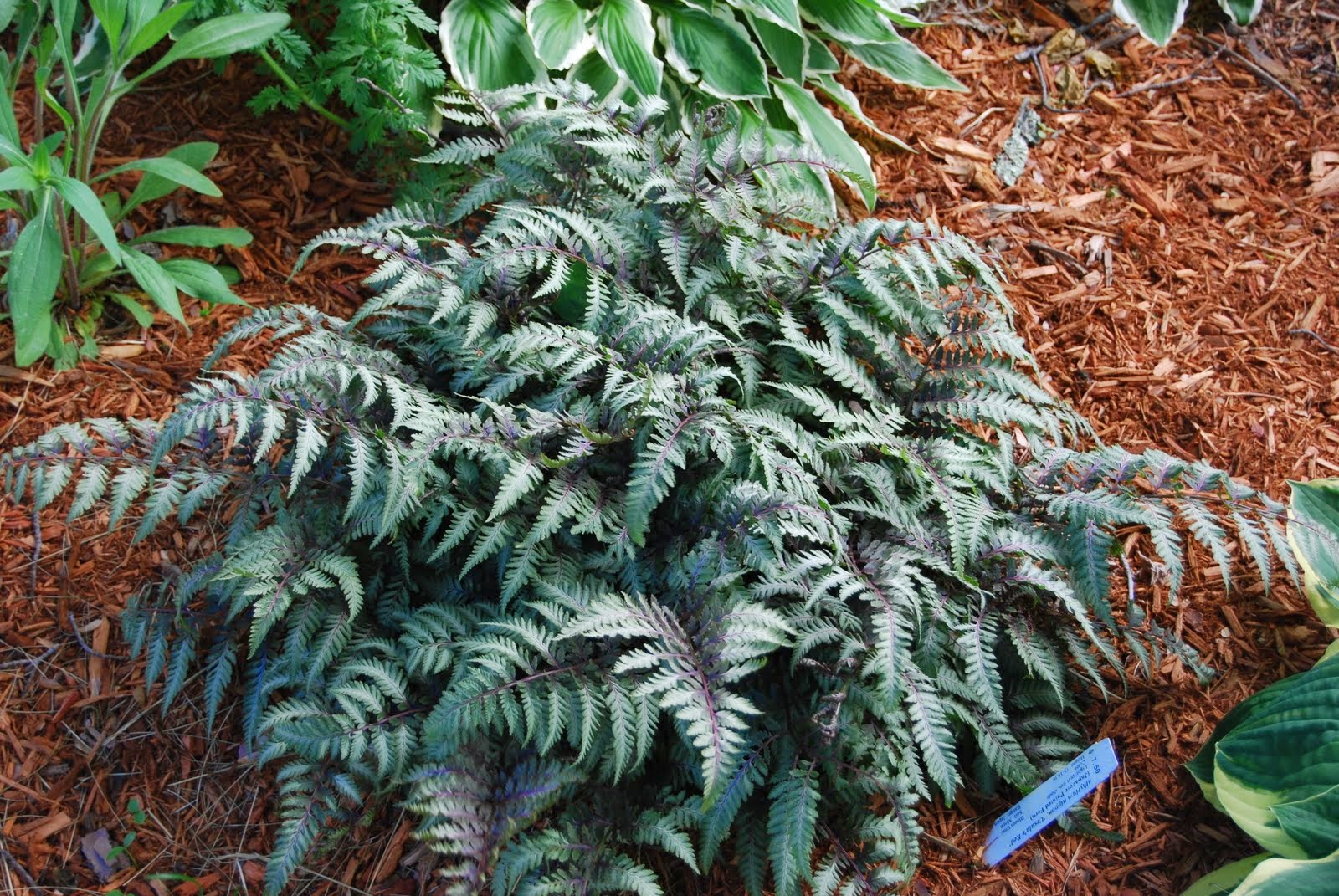
Your shade fern garden may turn out to have some colors you have not imagined. Japanese painted fern offers shade and is glittered with silvery-grey its leaves as well as having purple-red veins which glow even at very low light. The darker the colour, the brighter the shine of these ferns, and they are ideal in dark corners.
The autumn fern turns color in the shade, beginning copper-red, and developing to deep green; it changes seasonally, but it does not produce flowers. Ghost fern, a hybrid of Japanese painted fern and lady fern, has silver-green fronds appearing nearly luminous in comparison with other plants.
Put where the light is less dense those ferns which, as they fall, will receive the filtered light and darken into bright spots thus showing your way through the garden.
Introduction of Dramatic Highs and Lows to be a Professional
Good shade gardens consider the height and thus it appears like a small forest. To form a canopy, big ferns such as ostrich fern, or Dixie wood fern, which grow 4-5 feet, should be planted on the tallest level.
The mid level has ferns that grow 2-3 feet such as lady fern to signify the floor and the canopy. The lowest of the plants, the Japanese painted fern, lemon button fern, etc., grow to about 12-18 inches and resemble the floor of the forest.
In an attempt to add interest near the ground, a small native fragile fern can be used or an area can be covered with moss which prefers the same damp and acidic soil as ferns.
Incorporate Natural Elements to get the Real Woodland
The fern gardens are made using the features of the yard and made to look natural. Small ferns do well in moss-covered rocks. The stumps of the trees provide an upright surface on which the ferns such as bird nest or staghorn ferns can grow having lived on other plants.
Ground logs may take the form of paths or benches and the logs break down to provide the soil with the nutrients that ferns do. Plants Hanging baskets of ferns may be hung on trees already present in the yard in order to add height without taking away forest appearance.
Prepare small seating arrangements using natural materials in the fern garden. These are good areas where people can sit to observe the wildlife that visit the sanctuary.
Master Container Incorporation in Ultimate Design Flexibility

The use of containers does not only work in sunny patios. With shade fern gardens, planting ferns in pots allows you to introduce variety and change of appearance which may not be possible when planting it on the ground. Ferns are raised on tall terracotta pots and stand out where you can never dig.
Select pots that fit with the natural design. Terracotta, stone, or wood that have been worn does not resist blending into an earthly material, and a sense of a woodland is easy to achieve. Layering Put containers in various heights with the help of plant stands, tree stumps or hanging hooks, to create layers that cannot be provided by ground plant.
The primary advantage is that you are able to relocate ferns, shield the vulnerable ones when the weather is unfavorable, and experiment with different designs without disturbing the rest of the garden.
Create Living Wildlife Habitats
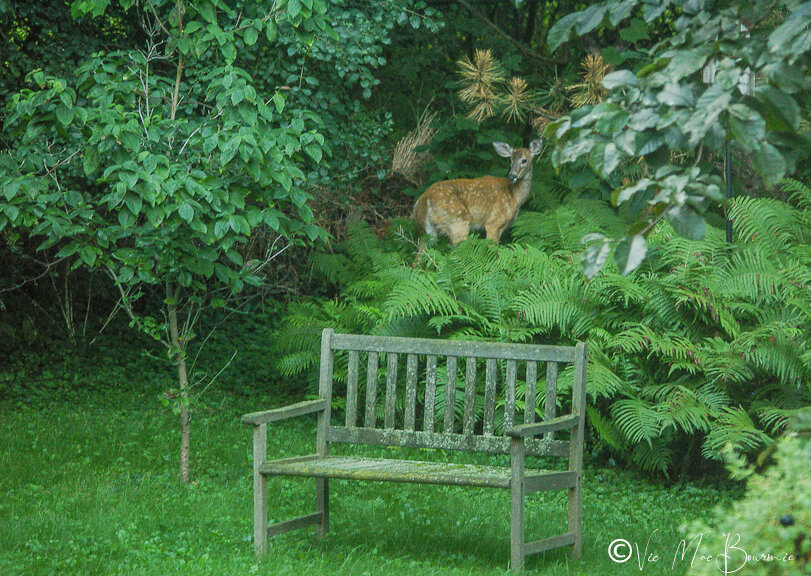
A shade fern garden makes you a real house not just a lovely spot. On hot days deer will conceal their young in the thick foliage, and chipmunks will excavate frond tunnels. The fox will make his way through the ferns as a safe way between the food and the shelter.
Plant indigenous species that local animals are familiar with. Christmas fern is green during winter when other trees turn again. The sensitive fern thrives well in the presence of water where the frogs and salamanders have a habitat to reproduce.
Include a small rock water feature/bird bath to provide water to plant and animals. Move fallen logs to places where reptiles are able to bask and where the vegetation is likely to receive additional attention.
Establish Advanced Propagation Systems to achieve Continuous Growth

Planting ferns on your own garden will allow your garden to continue growing. It is best cut in the early spring in clumps, keeping as much of the growth as possible in each part, and put in promptly.
In case you like challenge, develop out of spores. Take the mature fronds that have dark areas on their underside and place on paper where they dry over a few days, then place the small spores on a damp mixture with a cover on it with plastic. New tiny ferns will begin to grow after three months.
Several ferns produce small plantlets on their fronds which may be replanted whilst still on the parent. This is one more simple method of planting new plants.
Create Year-round Management Systems to avoid Hassle in the Maintenance
Good shade fern gardens are kept on a basic beat. During spring, the clumps are split naturally due to the overcrowding. During early summer, apply mulch by spreading leaf litter such that would otherwise have made yard waste.
During fall, make sure the leaves remain as mulch to shield the ferns and to build a rich soil in due course. The evergreen vegetation of winter keeps the garden trimmed and you imagine tracks and secret places which are less firm in the sunshine of summer.
How to be a Science Expert: Soil, Light, and Environmental Demands of Your Sanctuary
Shade ferns require an appropriate light: not complete sunlight but bright shade and some filtered light. Under old trees they can seldom get along with a full dark shade.
The soil is to be a bit acidic (pH 5.5-6.5) and be loaded with compost. Combine 4-6 inches of compost, manure or pine bark in the upper 6-8 inches. When your ground is not well drained, elevate beds of the same mix of organic material so that the roots do not lie in water.
Should you cultivate a fern which prefers a more neutral or alkaline soil, measure the pH and correct with sulfur or limestone.
The Entire Seasonal Care Calendar: Month-by-Month Care
Early spring (March -April) divide plants before new growth begins. Apply new mulch to prevent cold ends. Watch new fronds in late spring (May-June) and ensure the soil does not get water-logged.
Water profoundly (July -August) and trim shrivelled fronds to avoid disease. When the ground is still hot (September-October) reduce the amount of watering and lay in new ferns. During late fall (November-December) cover the tops with fallen leaves and keep the soil warm. Check on snow damage in winter (January -February), clear heavy ice and make plans on things to add next year.
Problems with the Most Common Fern Garden: How to Prevent and Solve Them
Browning fronds– try to find the sun, either relocate or introduce shade. Excessive watering renders them soft and yellow thus lessen water and drainage. Older fronds turning yellow may indicate deficiency of nitrogen; one monthly fish-emulsion or compost-tea. Stunted growth normally indicates poor light or hard soil; provide the fern with more sunlight and break up the soil.
Scale insects have the appearance of white fuzzy points. Wipe with horticultural or neem oil both sides of each side. Spider mites make fine webbing; it is necessary to keep the air moist and spray weak insecticidal soap. Bacterial blight presents wet brown spots; prevent overhead watering and enhance air circulation. Leaf spots are circular brown spots; maintain distance between fronds and cut infected leaves.
Advanced Container Fern Strategies: Expert Methods of Small Space
Containers can be carried everywhere so that urban gardeners can plant ferns in areas where there is little ground. Select a pot having a great drainage hole and volume. The terracotta requires more watering and blooms, whereas plastic is water retentive, and roots in damp soil may rot. Select size: medium ferns require at least 12 inches, big ferns 16 inches or bigger.
Don’t use yard soil in pots. Combine 40 percent potting soil, 30 percent peat or coco, 20 percent perlite or coarse sand and 10 percent compost. This provides the appropriate amount of water and drainage.
Water pots when the first inch is dry, yet the soil below that is wet. Pots kept in standing water do not rot.
Dissolve nutrients quicker in pots than ground. Grow in half strength house-plant fertilizer every month. Place slow-release pellets when planting, as indicated on the package.
Conclusion: Your Living Trace to the Prehistoric Tranquillity
This shade fern garden is not just a landscape element, it is a breathing connection to past terrestrial and a residence of present wildlife. It begins slowly but becomes independent, and becomes firmer as time goes by.
The above ideas provide you with a foundation. You will have the real style of your garden by observing the manner of action of the ferns and game in your location. You can begin with a couple of plants that you enjoy and know their requirements and add additional plants as you become comfortable. With time, maintaining a shade fern garden will be like a silent meditation, where you can be linked to the past rhythms.
Your dark recess is made up to adventure. All that remains for me to ask is what are the design steps you will attempt to complete first in order to transform your fern retreat into a permanent happiness.
Sources:
Clemson University HGIC – Hardy Ferns
Longfield Gardens – All About Ferns
Brooklyn Botanic Garden – How to Grow Ferns
Oklahoma State University Extension – Hardy Ferns for Oklahoma
Missouri Department of Conservation – Christmas Fern
Gardening Know How – Ultimate Shade Fern Garden Ideas
Brooklyn Botanic Garden – Growing Ferns from Spores

